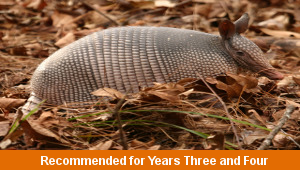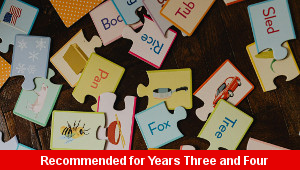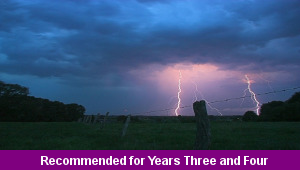Lesson One – Kilogram Fractions

This maths teaching pack for Key Stage Two gets the children to investigate and record how to calculate and record mass in kilograms that have been converted into grams by using different non-unit fractions.
The class can model number calculation techniques that they can use to find a fraction of a specific mass that can be converted between different units of measurement.
Download this teaching pack including a lesson plan, classroom activities and an interactive presentation to investigate and record how to calculate and record mass in kilograms that have been converted into grams by using different non-unit fractions
Activities in this teaching pack include a differentiated set of worksheets to select and calculate the non-unit fractions of different masses recorded in kilograms that have been converted into grams when using number calculations to find each measurement sum.
The interactive presentation gets the children to explore how to calculate and record mass in kilograms that have been converted into grams by using different fractions.
This lesson is part of a maths scheme of work to get the children to solve a selection of contextual problems by comparing and converting between different units of measurement for mass, length and capacity. There are teaching activities for shared learning, differentiated worksheets to support independent learning and interactive presentations to introduce concepts and key skills.
-

Grams and Kilograms Measurements
Practise measuring, recording and calculating measurements in mass when working with and converting units in grams and kilograms
-

World Animals
Identify and record how to use the correct determinants before nouns in sentences about animals that live in different habitats around the world
-

Determinants Vowels and Consonants
Investigate and record how to compose sentences when using the correct determinants before nouns to match their initial vowels or consonants
-

Weather Events
Investigate how to add and punctuate fronted adverbials in model sentences explaining when, how or where something happened in the weather
